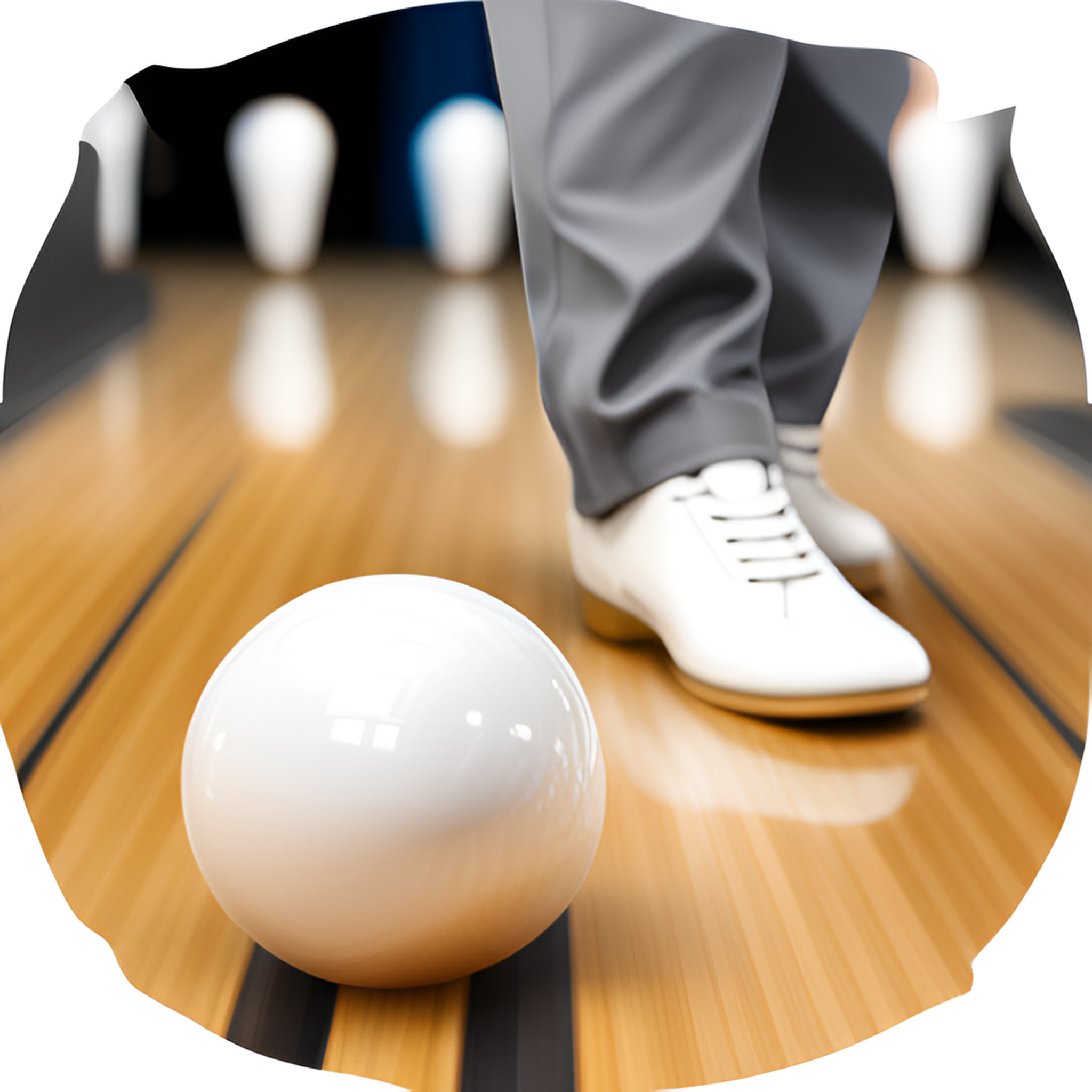Demystifying the Carrydown Phenomenon
The understanding of a bowling lane is incomplete without a deep comprehension of the carrydown phenomenon. After oiling a bowling ball, the oil doesn’t evaporate easily. Consequently, the oil in the front part of the lane is transported to the rear by the ball. Imagine the process of tire skid marks forming on dry ground to visualize this.
This oil movement significantly reduces friction. After adjusting the lane, bowlers first detect this carrydown phenomenon. When it occurs, the ball generates friction at 49 or 50 feet, instead of at the 48 feet where it used to hook, and gets pushed. The common response is to raise the stance. A slight raise and throw can resolve the issue. Alternatively, avoiding the carrydown while throwing is another viable strategy.
The carrydown phenomenon tends to occur 1-2 games after adjusting the lane. When it happens, quickly recognizing the lane changes is essential. If you think ‘my throw was off,’ understanding the lane becomes challenging.
By carefully observing the ball’s movement, you can distinguish whether it’s the carrydown phenomenon or a simple throwing error. To excel at bowling, preparing well for the next throw is crucial. Overly blaming yourself for mistakes can hinder your preparation for the next throw.
When the carrydown occurs, you should plan to either raise the stance or avoid the carrydown while throwing. The backend, an area without oiling, will show an oil band when the carrydown occurs. This indicates the oil from the front has followed the ball. All bowlers experience carrydown, and learning how to handle it can greatly assist in adapting to lane changes.
Utilizing Urethane Balls Effectively
Have you ever started bowling at a bowling alley around 11 PM? By then, you might notice significant changes in the lanes as thick oil is pushed away, making the lanes feel like a desert. In such cases, using urethane balls can be advantageous. Urethane balls, which emerged in the early days of bowling, significantly differ from regular bowling balls, with various cover types including reactive or reactive solid.
Urethane balls don’t generate strong friction and have relatively less active movement. Therefore, they are beneficial to use when the lane is challenging, heavily altered, or dirty. Try throwing both a regular and a urethane ball and observe their movements.
Practice with House Balls or Hard Balls
Practicing with house balls or hard balls is also necessary. Hard balls, typically characterized by a hard outer shell, mercilessly reveal any throwing errors due to their nature. In contrast, soft balls can still hook or hit the 1, 3 pin even with small mistakes or posture changes because of their characteristics.
However, hard balls are different. Any errors by the bowler are directly reflected in the results. Therefore, hard balls can be considered a better tool for bowling practice. Those who need to practice with hard balls are bowlers who spin the ball from the bottom spot.
Hard Ball Practice Simulation
First, stand at the 15th spot and throw the ball to the 7th spot. Always be ready for the next throw. If the ball went to the 20th spot when you intended to place it at the 7th spot from the 15th spot, you need to lower your spot. Move down about two spots and try again. Observe how the ball enters the 1, 3 pocket from the 17th spot to the 7th spot. If the 4th pin remains, adjust your spot as your ball entered too thickly.
If you are a beginner bowler, don’t immediately lower your spot based on the result. This is due to the lack of control. For instance, if you should throw to the 7th spot but place it at the 10th or 20th spot, the practice effect decreases. Bowlers should fix the spot they aim to place and practice. Only then can you accurately place the ball.
A board is 1 inch (2.54 centimeters), and you can also adjust your spot by half a board. If the ball was a bit thick when you threw to the 7th spot, move down half a board and try again. From the 17.5th board to the 7th spot, you can adjust the ball that is either too thick or too thin. The belief that you must move by one board is just a stereotype.
